Identifying Trees Needing Safety Checks
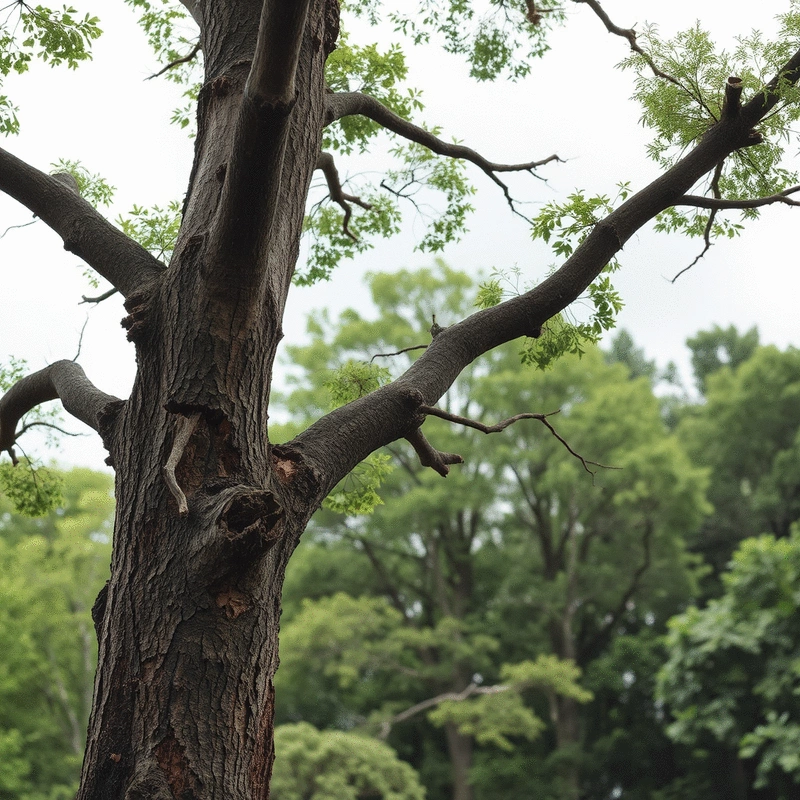
As storms can strike without warning, ensuring the safety of your trees is not just a precaution—it's a necessity. Proper assessments can transform your landscape into a shield against nature's fury, protecting both your home and your peace of mind.
What You Will Learn
- The significance of storm safety tree assessments in preventing costly damages and ensuring safety.
- How collaborating with certified arborists can enhance tree health and provide tailored risk mitigation strategies.
- The importance of being vigilant about signs that indicate your trees need assessment, such as leaning or cracked trunks.
- Understanding regional risks associated with seasonal weather variations and their impact on tree safety.
- The necessity of being aware of local regulations concerning tree care to avoid penalties and ensure compliance.
- How utilizing interactive tools and resources can promote proactive tree care and enhance your preparedness for storms.
- The value of regular tree assessments as a means to maintain a safe home environment year-round.
Key Reasons for Prioritizing Tree Assessments
Regular tree assessments can significantly enhance safety and property value. Below is a summary of the important benefits you can gain from proactive tree evaluations. For more in-depth guidance on ongoing tree health, consider exploring long-term tree risk management tips.
Preventative Care
Identifying potential risks before they become emergencies ensures a safer environment for your family.
Increase Property Value
Healthy trees contribute to a well-maintained landscape, enhancing the overall value of your property.
Peace of Mind
Knowing your trees are safe allows you to relax during storm season and enjoy your outdoor space.
Cost Savings
Regular assessments can help avoid costly damages from tree failures during storms.
Understanding the Importance of Storm Safety Tree Assessments
As storms can strike without warning, assessing the safety of your trees becomes crucial. At Safe Canopy Care, we recognize that a well-maintained tree can serve as a protective barrier for your home. Conducting storm safety tree assessments not only helps to identify potential hazards but also ensures that your family and property remain safe during severe weather events.
So, what exactly is the role of these assessments? They involve a thorough inspection of your trees to pinpoint any signs of distress or damage. With our decade of experience, we’ve seen how proactive assessments can significantly reduce risks, helping homeowners like you avoid costly damages and unsafe situations.
The Role of Arborists in Tree Safety
When it comes to tree safety, the expertise of an arborist is invaluable. Arborists are trained professionals who specialize in the care and maintenance of trees. They have a keen eye for identifying health issues, structural weaknesses, and potential hazards, which allows them to offer tailored recommendations for each tree. To understand how to best prepare your landscape, you might find our guide on preparing trees for storm season particularly helpful.
By collaborating with a certified arborist, you gain insights into:
- Tree Health Assessments: Understanding the overall condition of your trees.
- Risk Mitigation Strategies: Developing a plan to address any identified hazards.
- Emergency Response Planning: Preparing for potential storm impacts on your landscape.
At Safe Canopy Care, I am committed to providing you with the knowledge and resources you need to make informed decisions about your trees. Together, we can create a safer environment for your home.
Why Homeowners Should Prioritize Tree Assessments
As a homeowner, your property is your sanctuary, and trees play a vital role in its charm. That's why prioritizing tree assessments should be at the top of your to-do list! Regular evaluations can help you catch issues before they escalate into dangerous situations.
Here are some essential reasons why tree assessments are crucial:
- Preventative Care: Identifying potential risks before they become emergencies.
- Increase Property Value: Healthy trees contribute to a well-maintained landscape.
- Peace of Mind: Knowing your trees are safe allows you to relax during storm season.
As I've learned through my experience, investing in tree assessments can save you time, money, and stress in the long run. Take a proactive stance—your home deserves it!
Identifying Key Signs That Indicate Your Trees Need Assessment
Identifying signs that your trees may need an assessment is essential to maintaining a safe property. There are several visual indicators, physical symptoms, and environmental factors that can signal potential issues. At Safe Canopy Care, I always encourage homeowners to stay vigilant and monitor their trees regularly. You can also refer to our hazardous tree warning signs guide for more detailed information.
Pro Tip
Did you know? Regularly scheduled tree assessments not only ensure safety but can also enhance the overall aesthetics of your property. By addressing potential hazards early, you can maintain the beauty and integrity of your landscape, allowing your trees to thrive and complement your home beautifully!
Frequently Asked Questions About Storm Safety Tree Assessments
Q: Why are storm safety tree assessments important?
A: Storm safety tree assessments are crucial because they help identify potential hazards before severe weather strikes, protecting your home and family from costly damages and unsafe situations.
Q: What is the role of an arborist in tree safety?
A: Arborists are trained professionals who assess tree health, identify structural weaknesses, and provide tailored recommendations for risk mitigation and emergency response planning, ensuring your trees are well-maintained and safe.
Q: What are some key signs that indicate a tree needs assessment?
A: Visual indicators such as leaning trunks, cracked branches, dead wood, unusual growths, or proximity to power lines and structures are all signs that your tree may need a professional assessment.
Q: How do seasonal variations affect tree risks?
A: Seasonal variations can significantly impact tree risks. For example, heavy snow and ice in winter can cause branches to break, while high winds and lightning in summer storms can lead to uprooting or structural damage.
Q: Why is it important to know local tree care regulations?
A: Being aware of local regulations helps homeowners avoid unexpected fines and ensures compliance with city codes regarding tree maintenance, removal, and permitting. This knowledge is essential for responsible tree care.
Regional Considerations for Tree Safety Assessments
When it comes to tree safety, understanding your region's specific risks is crucial. Different areas face unique challenges, whether it’s the heavy snowfall in winter or powerful thunderstorms in summer. Knowing how seasonal variations affect tree risks can help you take proper precautions, ensuring your trees stay healthy and your property remains safe!
For instance, in regions that experience significant winter storms, trees may be more prone to damage from heavy snow and ice accumulation. Conversely, areas prone to summer storms may face high winds and lightning strikes. Therefore, assessing your trees in relation to these seasonal risks is essential for effective storm preparedness.
- Evaluate how winter snowfall can weigh down branches.
- Consider the impact of summer winds on tree stability.
- Understand how seasonal changes can affect root health.
How Seasonal Variations Affect Tree Risks
Winter storms bring their own set of challenges. Snow and ice can weigh down branches, leading to potential breakage or falling hazards. Trees that are already weakened or unhealthy are at a higher risk during these conditions. As Evelyn Hartman from Safe Canopy Care often says, “A proactive approach to tree safety can prevent a lot of headaches down the line!”
On the other hand, summer storms can pose threats through high winds and lightning strikes. Trees that are tall and thin may be more susceptible to uprooting or breaking. It's essential to know how to prepare your trees for these seasonal challenges. Regular inspections can help identify any weaknesses that need to be addressed before the storms hit!
- Inspect trees for structural integrity before winter.
- Implement a storm preparedness plan tailored to your local weather patterns.
- Consider seasonal pruning to strengthen tree structures.
Local Regulations and Your Tree Care Responsibilities
Every homeowner has a responsibility to ensure their trees are safe, but it’s equally important to be aware of local regulations regarding tree care. Many cities have specific codes that dictate how and when trees can be maintained or removed. Understanding these regulations can save you from unexpected fines and help you maintain a safe environment. To ensure you're always informed, remember to use a tree service directory to find local experts.
Local codes may require permits for tree removal or specific methods for trimming. For example, if you're considering removing a hazardous tree after a storm, knowing the proper procedures is key! At Safe Canopy Care, we guide our clients to navigate these regulations effectively, ensuring compliance while prioritizing tree safety.
- Research your municipality’s tree care regulations.
- Check if permits are needed for tree removal.
- Stay informed about local ordinances affecting tree maintenance.
Enhancing Engagement with Interactive Elements
To empower homeowners in their tree safety journey, interactive elements can be incredibly helpful! Including resources like downloadable checklists can simplify the process of evaluating tree risks and promote engagement with your property’s safety measures.
At Safe Canopy Care, we believe that by providing accessible tools, we enhance our community's ability to take proactive steps in tree care. Engaging with these resources not only fosters awareness but also encourages regular maintenance and safety checks!
- Download our *Tree Safety Essentials Checklist* for quick evaluations.
- Access visual guides showcasing signs that indicate your trees need assessment.
- Utilize interactive tools to better understand tree care responsibilities.
Downloadable Storm Safety Checklist
Our downloadable storm safety checklist is a fantastic tool for homeowners to assess their tree safety proactively. This checklist includes essential steps to prepare your yard before severe weather hits. It’s easy to use and can make a significant difference in your storm preparedness!
In addition, having visual examples of signs that your trees need assessment can help you learn what to look for. Understanding the specific signs of distress can empower you to take immediate action, ensuring your trees are healthy and safe. For more comprehensive advice, explore our stay safe tree care tips.
- Check for leaning or cracked trees.
- Look for dead branches or unusual growths.
- Assess your trees' proximity to structures or power lines.
Summarizing the Need for Vigilance in Tree Safety
In conclusion, being vigilant about tree safety is more than just a good practice; it’s essential for protecting your home and loved ones. By understanding regional risks and engaging in proactive assessments, you can significantly minimize the potential dangers posed by trees during storms.
As we’ve discussed, regular inspections, awareness of local regulations, and utilizing interactive tools can empower you to take control of your tree safety. At Safe Canopy Care, we are here to support you every step of the way, ensuring that your property remains a safe haven!
- Prioritize regular tree assessments throughout the year.
- Engage with available resources, like our online courses and checklists.
- Stay informed about local tree care regulations and best practices.
Recap of Key Points
Here is a quick recap of the important points discussed in the article:
- Storm Safety Assessments: Conducting regular tree assessments is crucial for identifying potential hazards and ensuring the safety of your home during storms.
- Role of Arborists: Collaborating with certified arborists provides valuable insights on tree health, risk mitigation strategies, and emergency response planning.
- Seasonal Awareness: Understanding regional weather patterns and their impact on tree safety helps in implementing effective preventative measures.
- Local Regulations: Be aware of local tree care regulations to avoid fines and ensure safe maintenance practices.
- Engagement Tools: Utilize resources like downloadable checklists and visual guides to enhance your tree safety efforts.
- Vigilance is Key: Regular inspections and proactive assessments can significantly reduce risks and protect your property.
Popular Posts
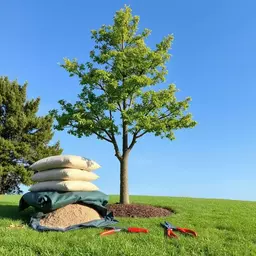 Storms can be unpredictable, but your response doesn’t have to be. By understanding storm prepared
Storms can be unpredictable, but your response doesn’t have to be. By understanding storm prepared
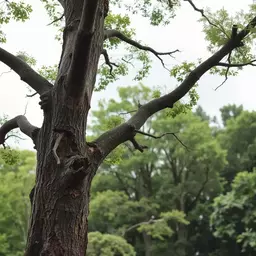 As storms can strike without warning, ensuring the safety of your trees is not just a precaution—i
As storms can strike without warning, ensuring the safety of your trees is not just a precaution—i
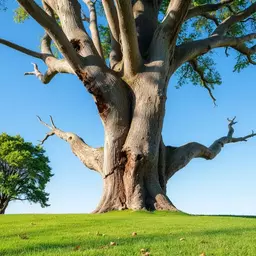 Have you ever considered how a single tree could be a ticking time bomb for your property? Understan
Have you ever considered how a single tree could be a ticking time bomb for your property? Understan
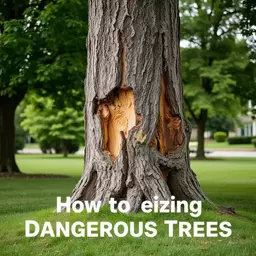 Have you ever considered how something as seemingly benign as a tree can quickly become a danger? Ea
Have you ever considered how something as seemingly benign as a tree can quickly become a danger? Ea
